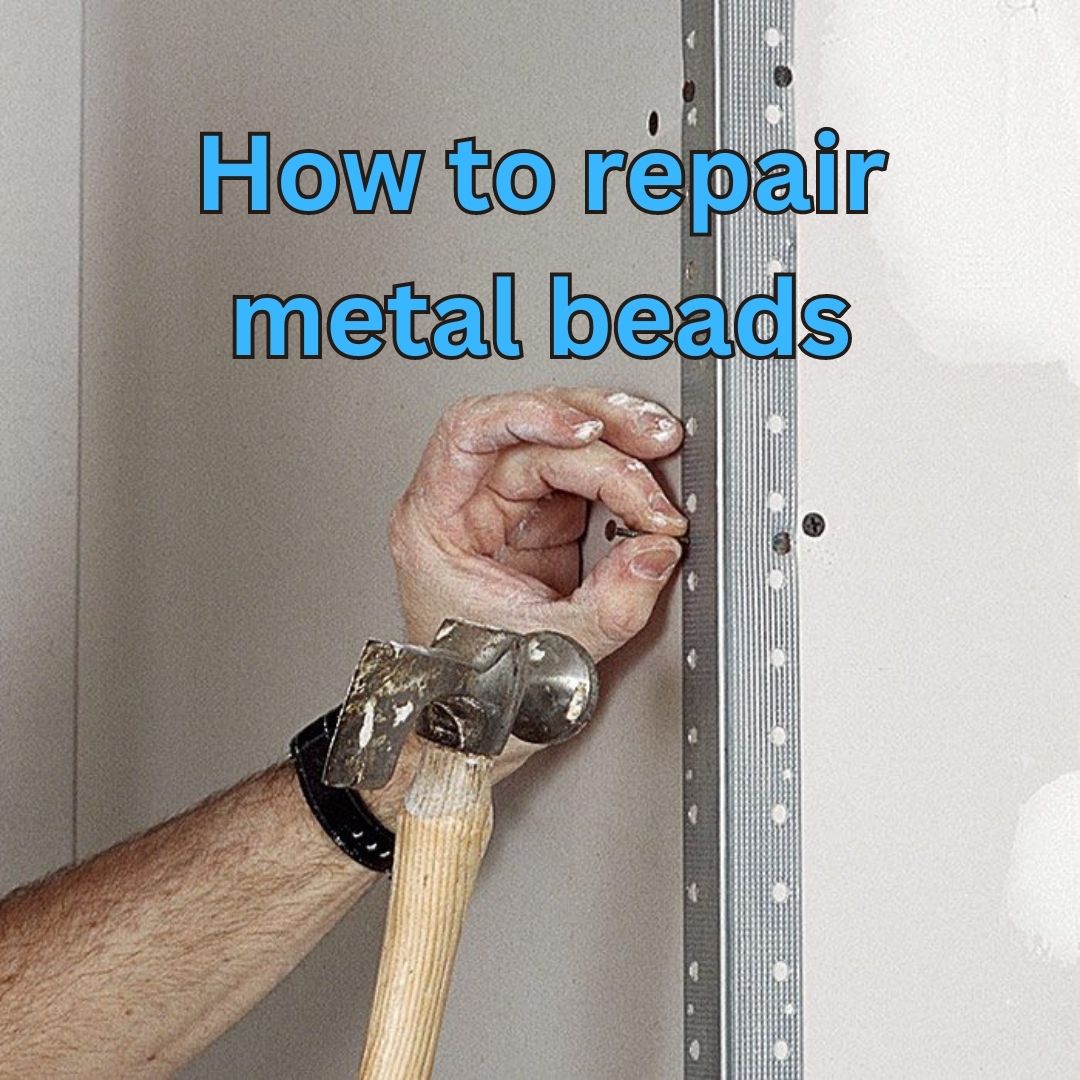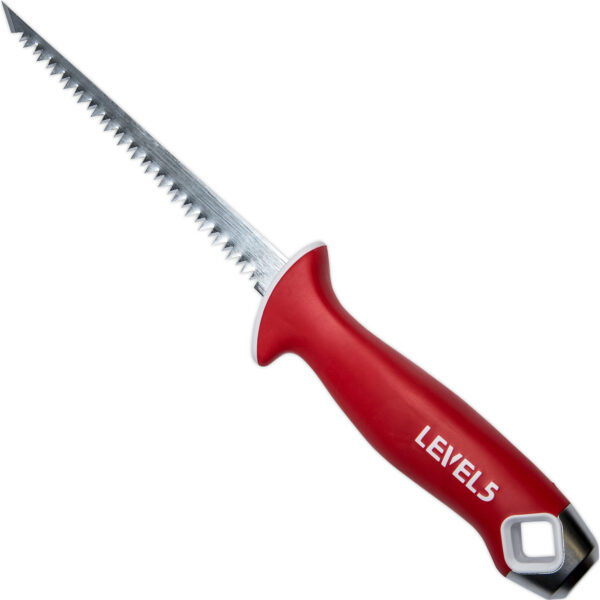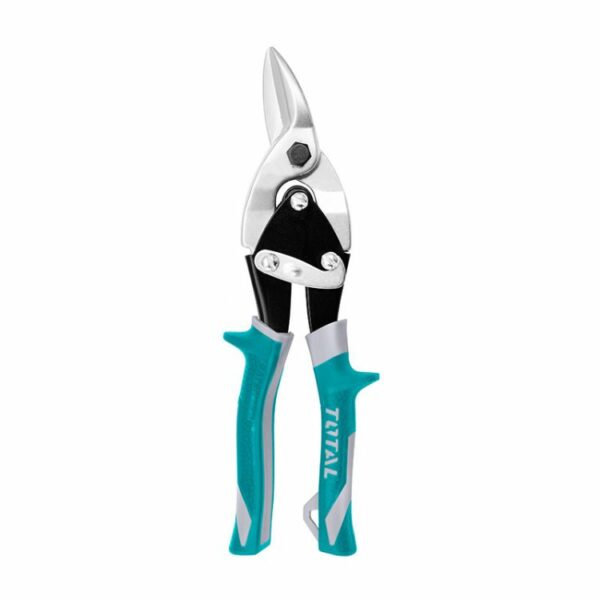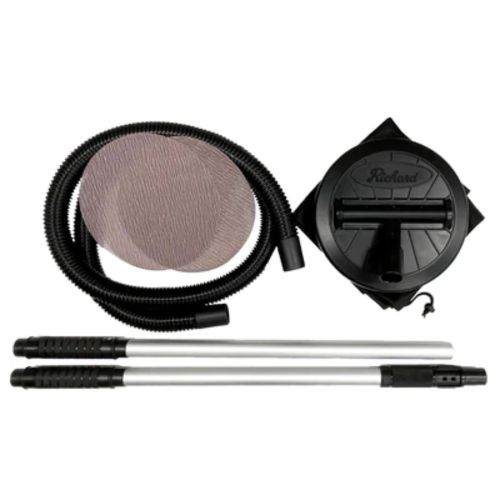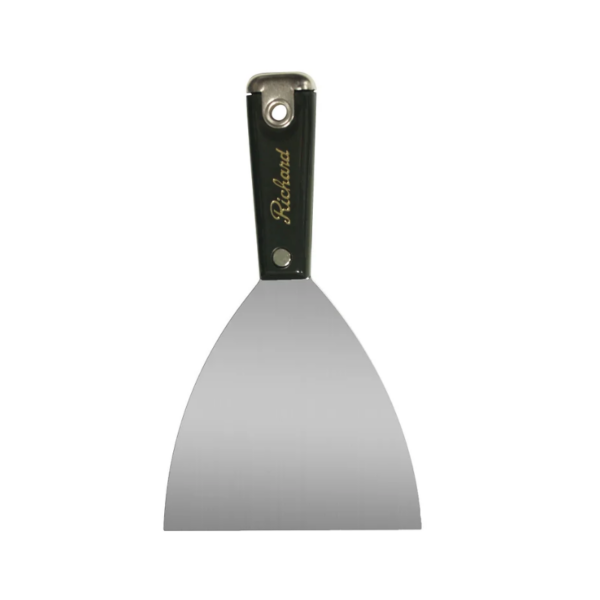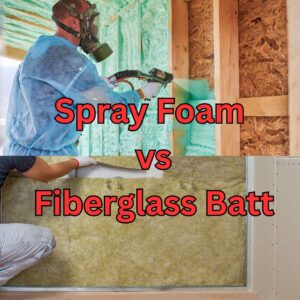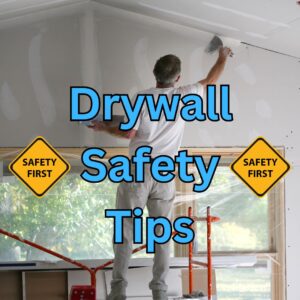As your home ages, regular repairs need to be made to maintain the structural integrity of the home. Corners are more susceptible to damage than other parts of your home as corners are the most exposed part of the wall and risk being hit by furniture or accident-prone children.
Corners are well protected using what are called corner beads. These are long strips of material that are used to cover the full length of the corner providing protection to the edge of the wall. Not only are corner beads used for vertical walls but are also used for archways and other types of outside corners.
What is a steel corner bead?
Drywall outside corners are generally covered with a material known as a corner bead. Corner beads can be covered in three different types of material. One of them is a vinyl plastic mould that allows for a more flexible fit while maintaining or even surpassing the strength of steel.
There is also the paper-faced corner bead. This type of corner bead is available in two different materials. One is a metal paper-faced bead and the other is a composite paper-faced bead.
The last type of corner bead is a steel corner bead. Steel corner beads are one of the most commonly used corner beads because of how easy it is to install.
The tools you’ll need for replacing a steel corner bead
In the following bulleted list we explain what tools you will need in order to complete the task of repairing and replacing your broken metal corner bead.
Drywall Tools
- Jab saw or hacksaw
- Metal shears
- Pry bar or prying tool
- Hammer or screwdriver
- 4-inch, 6-inch, and 10-inch joint knives
- Drywall sander
- Sanding sponges
- Sanding mask
Corner Repair Materials Needed
- New metal corner bead
- 1 ½-inch drywall nails
- Sandpaper
- Paint
- Primer
-
Richard Flexible Old Shape Carbon Steel Blade, Joint Knife with Steel Head
Rated 0 out of 5Drywall Finishing USD $8.98 – USD $10.02
How to repair a dented steel corner bead
1. Measure the damaged section
In order to fix the damaged area, you need to first be able to identify the damaged area. Once you have identified the damaged corner bead, mark the area. The best practice is to mark a few inches outside of the damaged section.
2. Cut out the damaged wall
Carefully saw into the damaged area of the wall horizontally and cut across both the top and bottom of the cutout area that you marked.
3. Remove the damaged corner bead
Now is the time to remove the corner bead. Pry out the damaged corner bead. Make sure to pay attention to how the bead was installed as you may have to remove staples, screws, nails or other fasteners.
4. Make the new metal corner bead
Using your new corner bead, measure and cut out a new section of corner bead to replace the now missing piece of corner bead on the wall. The best way to make this cut is to use a pair of metal shears and then sand smooth any rough edges.
5. Fasten the new metal corner bead
Now place your freshly cut metal corner bead in place and fasten it to the studs using nails, screws, or any other type of fastener. Make sure not to bend the bead when you fasten the corner bead. If the bead bends it ruins the goal of having a smooth vertical line from the old installed bead to the newly installed bead.
In this instance, nails tend to work better than screws in this application. The reason nails are preferred over screws in securing corner beads is that the heads of screws are much larger than nails. The screwhead may protrude from the wall and make the mudding steps more difficult in the long run. The flatter nail head allows for an easier application of mud and covering the nail in addition to the corner bead.
6. Mud over the metal bead
Use a trowel or 4-inch drywall taping knife to add a layer of drywall compound, otherwise known as mud, on both sides of the metal corner bead. At this point, don’t be considered making it a perfect 90-degree angle when adding on the mud.
7. Sand the first layer once dried
Once the first layer of mud has dried, equip a mask and start sanding. You will want to use a drywall sander or sanding sponge to get the corner back to being smooth. Once the sanding is done, you are ready to prime and paint the corner.
8. Apply a second layer
After you are done sanding the first layer of mud, apply a second coat of drywall compound to each side of the drywall metal corner bead. This time use a 6-inch drywall taping knife if you are using a drywall taping knife.
9. Sand the drywall compound again
Once the final layer of drywall compound dries, sand the layer of mud so that there are no bumps or ridges left over and now you can start the last step for repairing your steel corner bead.
10. Prime and paint the corner.
Now that you are done replacing the corner bead, mudding it, and sanding it, it is time to prime and paint the corner so it may match the rest of your home. You have now accomplished your goal of repairing your corner bead and can celebrate your hard work.

